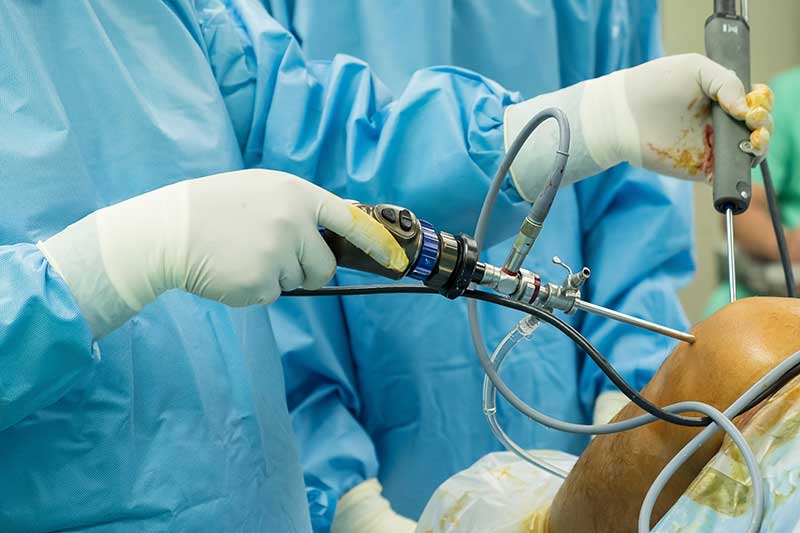Total hip replacement has done wonders for people suffering from conditions like serious hip fracture, arthritis and age-related degeneration. It helps people overcome the physical difficulties of hip problem and regain their old lifestyle sans pain. But it takes time to reach that point for the body takes time to heal itself. Your efforts also play a pivotal role in the healing journey. You will have to adopt new ways of doing certain old activities to ensure the safety of the hip. For instance, new way for bending down.
Doctor T S Gill, best hip Replacement surgeon in Chandigarh, provides an insight into ways to adopt a revised lifestyle and advises certain do’s and don’ts ensuring safety of hip:
1.Routine Activities:
Recovery and healing process doesn’t mean restricting an active lifestyle. It is the opposite which is true. Active lifestyle is the mantra to overall health and recovery. But don’t indulge in too many activities too soon. The body will gradually start getting better and according adjust your level of activities.
2.Weight bearing:
According to the patient’s condition, doctor advises to use a walker, cane or crutches so that the weight of body on legs in managed. Full weight bearing will be advised as per doctor’s discretion keeping in mind the replaced hip’s condition.
3.Driving
It is safe to resume driving once the body regain its strength and reflexes and also patient is off the opioid pain medicines.
4.Sexual Activity
Depending on body’s normal recovery, it may be safe to resume sexual activity after a few weeks post the surgery. Doctor can be consulted to address this concern.
5.Sleep Position
The doctor can help determine which sleeping positions are safe for the patient after surgery. Certain sleeping positions may be asked to avoid and keeping a pillow between legs may also be recommended.
6.Work
Returning to work will depend on the patient’s nature of job. It may take several weeks to return to work if your work requires physical activity. The doctor can advise after analyzing the job type and recovery process.
7.Exercise
The exercises prescribed by the physiotherapist are to be continued for 2 months post the surgery. Certain low impact exercises and sports like walking, swimming, golfing, cycling, golfing can be done when the doctor gives go- ahead under his guidance and discretion.
8.Air Travel
Doctor should be consulted prior to air travel. Changes in pressure and immobility during flight can make the hip or leg swell. The airport security should also be informed of your surgery because an alarm can go off when the artificial joint is exposed to metal detector.
DO’s and DON’Ts for Hip Protection:
It involves various precautions advised by the orthopedic:
1.Don’ts
- Don’t cross legs at knees for at least 6 to 8 weeks.
- Don’t bring knee higher than your hip.
- Don’t lean forward while sitting.
- Don’t try to pick up something from the floor while sitting.
- Don’t turn feet excessively inward or outward when bending down.
- Don’t reach down to pull blankets up when in bed.
- Don’t bend at the waist more than 90 degrees.
2.Do’s
- Do keep leg facing forward.
- Do keep the affected leg in front while sitting or standing.
- Do use barstool in kitchen.
- Do kneel on knee of the operated leg.
- Do use ice pack or ice packed in a damp towel.
- Do use a heating pad or hot towel for 15 to 20 minutes before exercise.
- Do reduce exercises if muscles ache.




